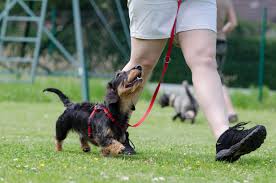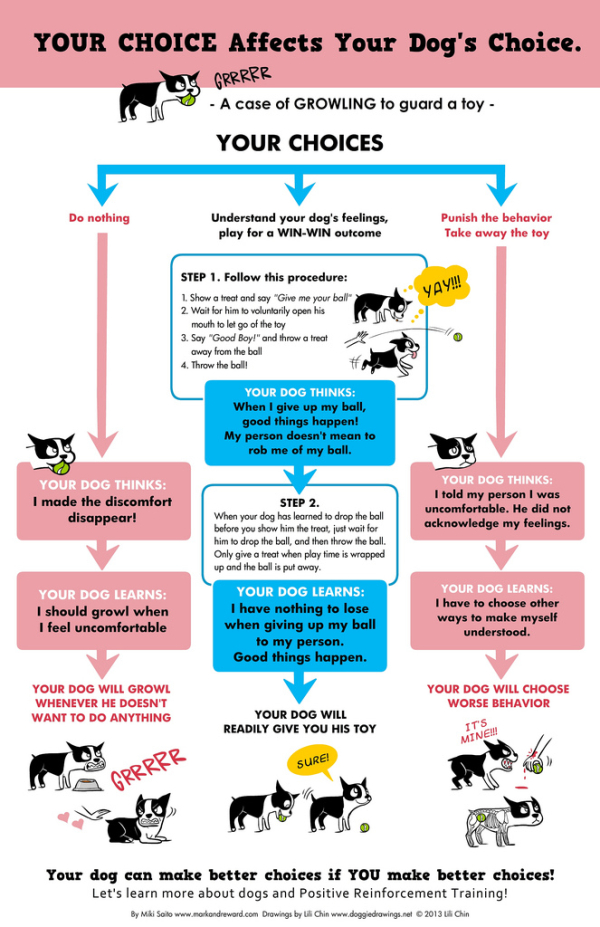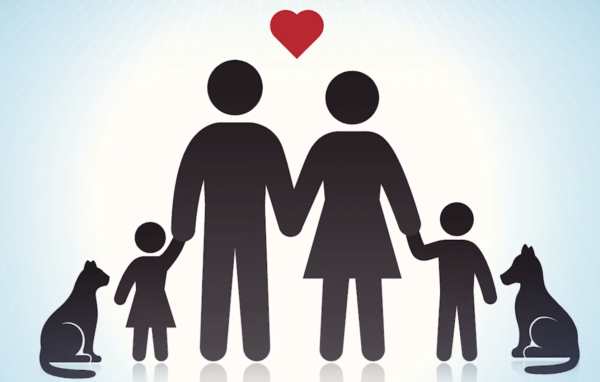
Today we’re going to look into one of the hardest aspects of being a dog trainer, convincing the human component of dog training to rely on and use the humane based methods.You’d think this would be pretty easy, but turns out it’s a lot more complicated then you’d think. People come from all sorts of prior experiences and all stages of knowing how to train dogs. And, turns out, a lot of them come into a training session with some incorrect ideas of how to address the issues they’re dealing with.
This conflict was one of the core reasons behind Underdog’s Triumph existence. Behavioral problems are the leading cause of death to dogs under 3 years of age and there is a strong correlation to between the life expectancy of a dog and how “well behaved” their owners think they are. Recently there was an article published in the Journal of Veterinary Behavior called “Barriers to the adoption of humane dog training methods” by Zazie Todd which looked at some of these core issues.
(Please note: if you’re interested in reading this paper for yourself you can get a free copy of it until June 9th here – Journal of Veterinary Behavior and a summary of that paper for those visiting after this date can be found here – Companion Animal Psychology).
Let’s take a look at why some people might believe or hold (tightly) onto incorrect information about training dogs. Now, I’m not going to delve too far into the specific quadrants of operant conditioning, although those are applicable here, because I think it turns a lot of people away from understanding the core reason behind a certain exercise/training method. People don’t want to learn in depth about all the scientific reasons for WHY we do the methods we do (that’s our job as trainers), instead they just want a high level overview and a method that WORKS with their dog. But for definition purposes, humane, force-free, reward-based or positive focused trainers, use two main methods. We either reward the dog when they perform the correct/desired behavior or we withhold a reward. It’s pretty much that simple (positive reinforcement and negative punishment for those nerds out there).
The pros of using these force-free methods are many. Studies (many cited in the above two article links) have showed that using these methods is not only more humane but has been shown to get desired results faster than other methods. From my own experience, I have found that the bond between person/dog is far stronger when force-free methods are used and that the dog responses faster, with more enthusiasm and excitement to requests made by their person. This tends to be because these methods work with the dog and focus between person/dog is on achieving a common goal together. Teamwork it turns out is great motivation.
A lot of folks (and sadly even some dog professionals) state that a “balanced” approach is better. Their arguments typically revolves around statements like “We should use all four quadrants of operant conditioning” or “We need to use all tools available to us and not just limit ourselves to one technique.” I think it’s important for us to understand why people feel this way to better help them understand why humane training methods are better in the long run. Using “balanced” methods (according to the studies listed in the papers above) such as corrections with a choke/prong collar, e-collars, sprays, etc even in conjunction with treats have shown to cause an increase in aggression, stress and to cause and/or exacerbate other undesired behavior problems. Additionally these methods have been shown to increase fear, which correlates to a decrease in learning/retention which repeats the cycle with further punishments/corrections
Additionally all the skills required to perform positive/force-free reward based training are still required to perform corrective or punitive based training effectively as well. The issue is that most novice (and even some skilled) people have issues with this initially. This leaves a period of time (which will hopefully improve) in which the dog is having overly harsh, repeated corrections and the issue the person is trying to address is continuing to worsen.
Some of this stems from the long debunked idea that we need to dominate our dogs to get them to respect us. This idea creates a “conflict” style relationship between human/canine and encourages humans to increase the severity of style/type of punishment. It’s human nature. No one wants to be “dominated” by an dog. People incorrectly equate the dog’s failure to perform as their own, and they take their frustrations out on their dogs.
Sadly this original idea was based on a now invalidated study, but is still passed around as being factual. Dogs and wolf “packs” do maintain a structure but it is one of a family structure of cooperation, kindness, and leadership NOT one of dominance, fear and aggression. Wolf packs are typically led by an “alpha” male and female pair, but this “alpha” term doesn’t equate to how most people belief it does in terms of a “dominance”. Instead this alpha pair gained their status by being the eldest mom/dad of the pack and the rest of the pack consists of relatives, in some manner, who help care for and tend to the packs needs. There is a respect between those who are “under” the alpha but that stems from more benevolent leadership than any fear/aggression/dominance stance.
Another reasons folks fall back on these outdated, unscientific methods is because they have become popular on certain television shows (Cesar Millan I’m looking right at you) and other media outlets. These celebrity dog trainers train are in it for the show/entertainment of training, and not for actually helping these dogs. If you look online you can see numerous examples of dogs who have gone through this type of “showmanship” training and have come out worse for it. With humane methods, I would NEVER force a dog into reacting or worse yet biting someone or another dog. There is NO need. Dogs bite out of fear so why would I ever put a dog in a situation where he or she feels like biting is the ONLY option for ensuring their safety.
That stems from the overarching issue where no education or credentials of ANY kind are required to become a dog trainer. Schools pop up all over teaching outdated methods and incorrect science (and charge an outrageous amount of money for it to the tune of 5 – 7 THOUSAND dollars an online-only no-hands-on-dog-experience certification). That coupled with the fact that most people don’t know what to even look for in a dog trainer leads people to selecting the wrong choice (if you’re curious you can check out my post on that very topic here). In a survey done, most dog owners list “self” as the top resource for training dogs. They further define that as online or book knowledge (of which a lot is incorrect) or relying on instinct.
Finally there’s an issue where some people, including professionals such as veterinarians, still feel these aversive methods should be used in the “most extreme” of cases further legitimizing those methods use as being effective. Luckily there is a swing in thoughts guiding some of the larger professionals organizations to only preach positive/humane methods as the only way to go about teaching dogs –
-
- Association of Professional Dog Trainers (APDT – of which I am a member),
-
- Pet Professional Guild (PPG),
-
- American Veterinary Society for Animal Behavior (AVSAB),
-
- European Society of Veterinary Clinical Ethology (ESCVE),
-
- International Association of Animal Behavior Consultants (IAABC),
-
- And more, including many rescues/shelters!
The core issue I have, besides the pain aspect of using corrective punishments, is that when teaching these skills to novice trainers, there is little room for incorrect timing, over harsh corrections, and frustration. These all damage the relationship between person and dog, and greatly increase the chance of the dog developing more severe behavioral issues. Of all the behavior cases I have had since I started Underdog’s Triumph 2 years years ago. ALL have been using aversive methods to try and solve their issues and upon removing of these aversives saw an immediate improvement of behavior and bond between canine and human.
Let me know what your thoughts are. Do you think a “balanced” approach is better or one being force-free in nature? Regardless of your position, I’d love to know why you feel the way you do!








